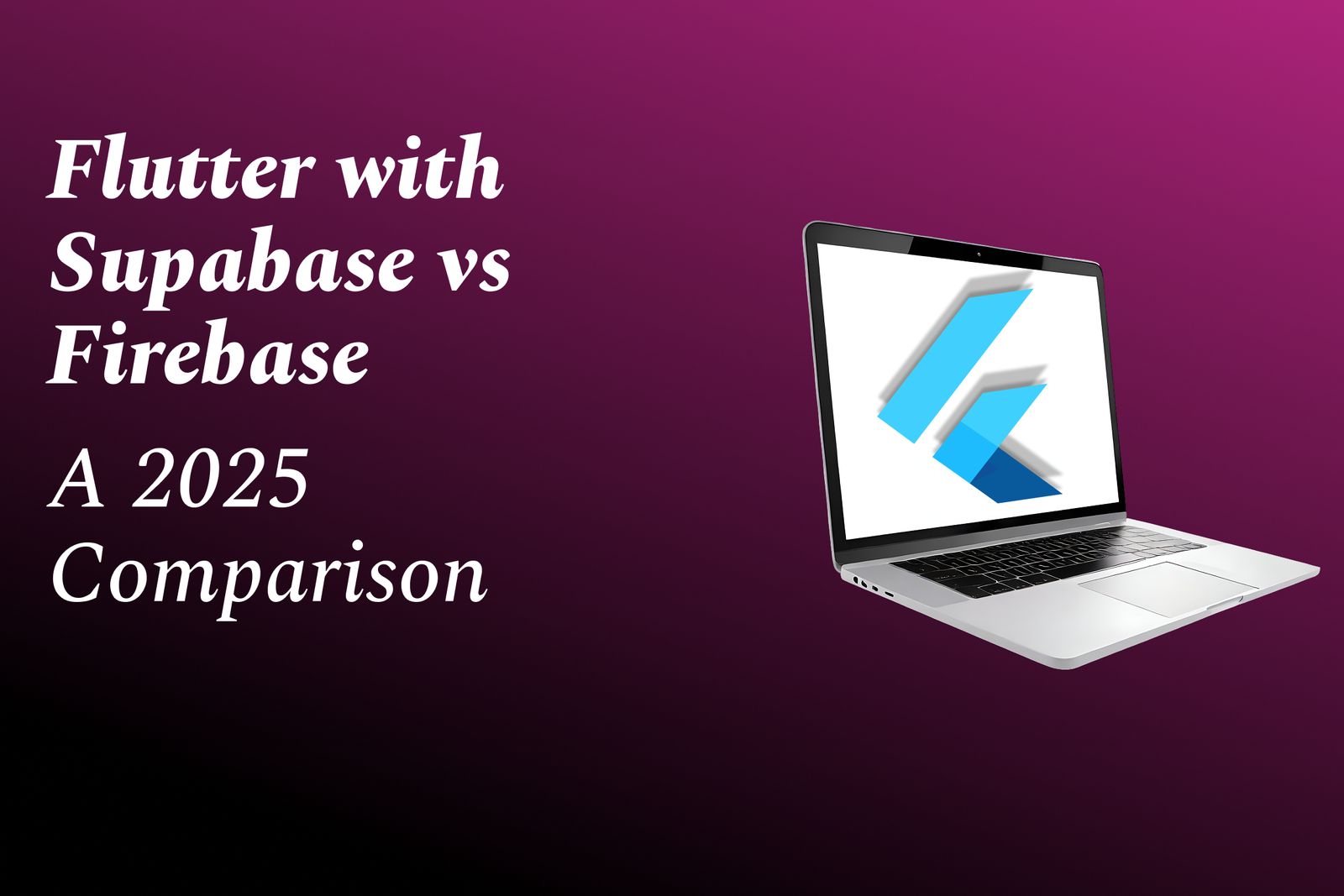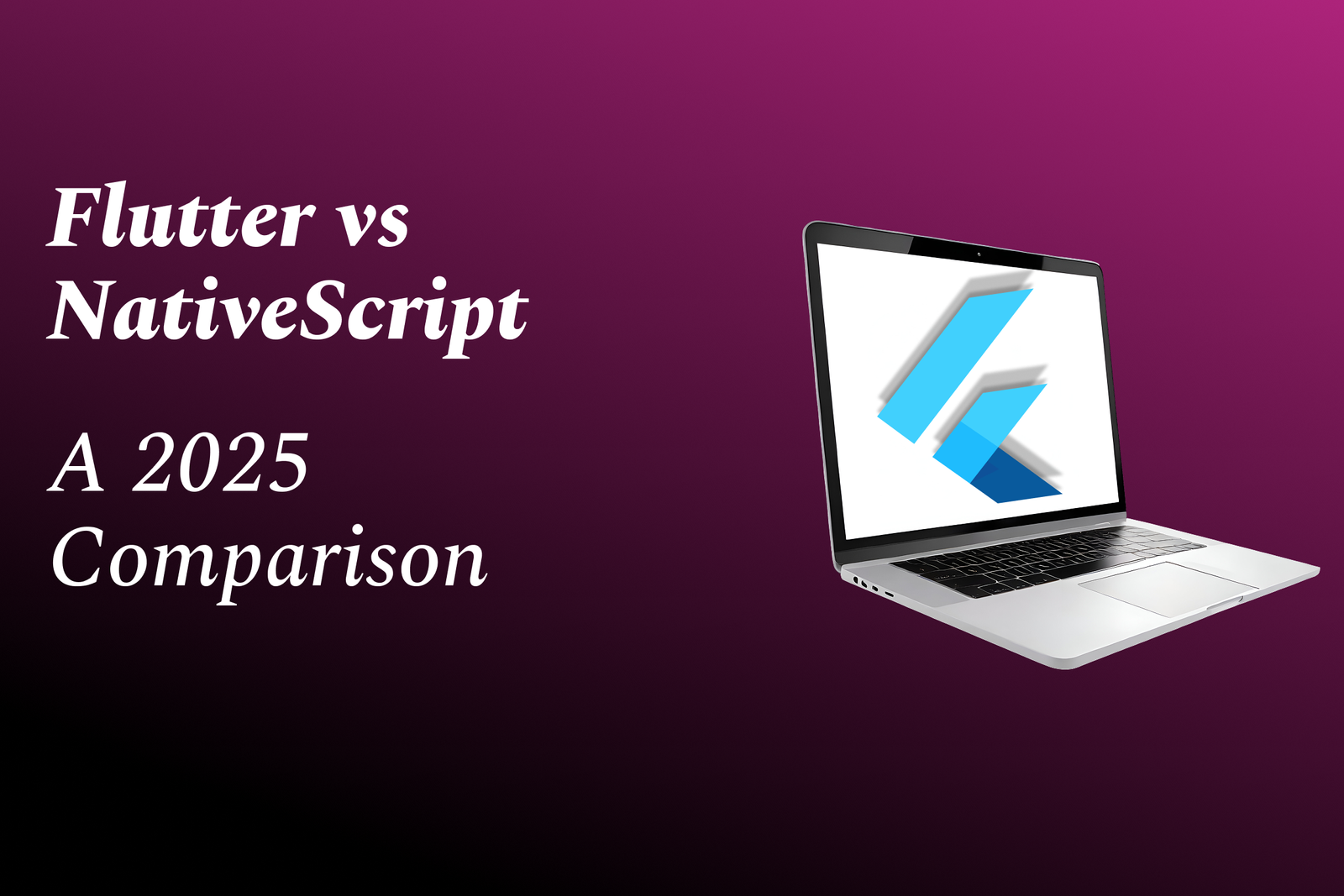Backend Technologies in Java
Exploring Java-Based Backend Technologies
Backend Technologies in Java
Backend technologies in Java encompass a wide range of frameworks and tools used to develop the server-side of web applications. Java-based backend technologies often utilize popular frameworks like Spring Boot, Hibernate, and Maven to build scalable and robust applications. These technologies enable developers to handle complex business logic, interact with databases, manage application security, and support various protocols such as HTTP. Additionally, Java offers strong support for multi-threading, networking, and performance optimization, making it a popular choice for building enterprise-grade backend systems.
To Download Our Brochure: https://www.justacademy.co/download-brochure-for-free
Message us for more information: +91 9987184296
1 - Java Servlets: Servlets are server side components written in Java that handle requests and generate responses for web applications. They are used to create dynamic web pages and handle client server communication.
2) Java Server Pages (JSP): JSP is a technology that allows developers to embed Java code in HTML pages for dynamic content generation. It simplifies the process of creating web pages by separating the presentation from the business logic.
3) Java Persistence API (JPA): JPA provides a way to manage relational data in Java applications. It abstracts the mapping between Java objects and database tables, making it easier to interact with databases using Java.
4) Spring Framework: Spring is a popular framework for building enterprise Java applications. It provides comprehensive infrastructure support for developing Java applications, including dependency injection, data access, transaction management, and more.
5) Spring Boot: Spring Boot is an extension of the Spring framework that simplifies the process of building stand alone, production grade Spring based applications. It provides a wide range of tools and plugins for quick application development.
6) Hibernate: Hibernate is an object relational mapping (ORM) framework for Java applications. It simplifies database interactions by mapping Java objects to database tables, allowing developers to work with objects rather than SQL queries.
7) RESTful Web Services: Java can be used to build RESTful web services using frameworks like Spring MVC or JAX RS. RESTful services are lightweight, scalable, and easy to integrate, making them ideal for building modern web applications.
8) Microservices Architecture: Java is commonly used for building microservices, which are small, independently deployable services that work together to form a larger application. Java frameworks like Spring Cloud provide tools for building and managing microservices.
9) Message Queues: Java applications can communicate asynchronously using message queues like RabbitMQ or Apache Kafka. Message queues help build scalable and resilient systems by decoupling components and ensuring reliable message delivery.
10) Spring Security: Security is a critical aspect of web applications, and Java provides tools like Spring Security to implement authentication, authorization, and other security features. Spring Security simplifies securing Java applications against common security threats.
11) Spring Data: Spring Data is a part of the Spring framework that simplifies data access in Java applications. It provides a consistent programming model for working with different data stores, including relational databases, NoSQL databases, and more.
12) Asynchronous Programming: Java offers features like CompletableFuture and Reactor to support asynchronous programming, which is essential for building responsive and scalable applications. Asynchronous programming allows Java applications to perform non blocking I/O operations efficiently.
13) Web Application Frameworks: Java has popular web application frameworks like Spring MVC, Struts, and Play Framework that provide tools for developing web applications quickly and efficiently. These frameworks offer features like routing, templating, and data binding to simplify web development.
14) Database Connectivity: Java supports database connectivity through JDBC, which allows Java applications to interact with relational databases. Additionally, ORM frameworks like Hibernate and JPA provide higher level abstractions for database operations in Java applications.
15) Continuous Integration and Deployment: Java applications can benefit from CI/CD pipelines that automate the build, test, and deployment process. Tools like Jenkins, GitLab CI, and Bamboo are commonly used with Java projects to ensure code quality and accelerate delivery.
By offering a training program covering these backend technologies in Java, students can gain a comprehensive understanding of how to build robust, scalable, and secure web applications using Java. The program can include hands on projects, case studies, and real world examples to help students apply their knowledge in practical scenarios. Additionally, guest lectures from industry experts and internship opportunities can further enhance students' learning experience and provide valuable insights into the professional application of these technologies.
Browse our course links : https://www.justacademy.co/all-courses
To Join our FREE DEMO Session: Click Here
Contact Us for more info:
Java Course Duration and Fees
Java Coding Questions for 5 Years Experience 2024
JAVA COURSES NEAR ME
JAVA Online Practice 2024
Java software testing interview questions 2024











